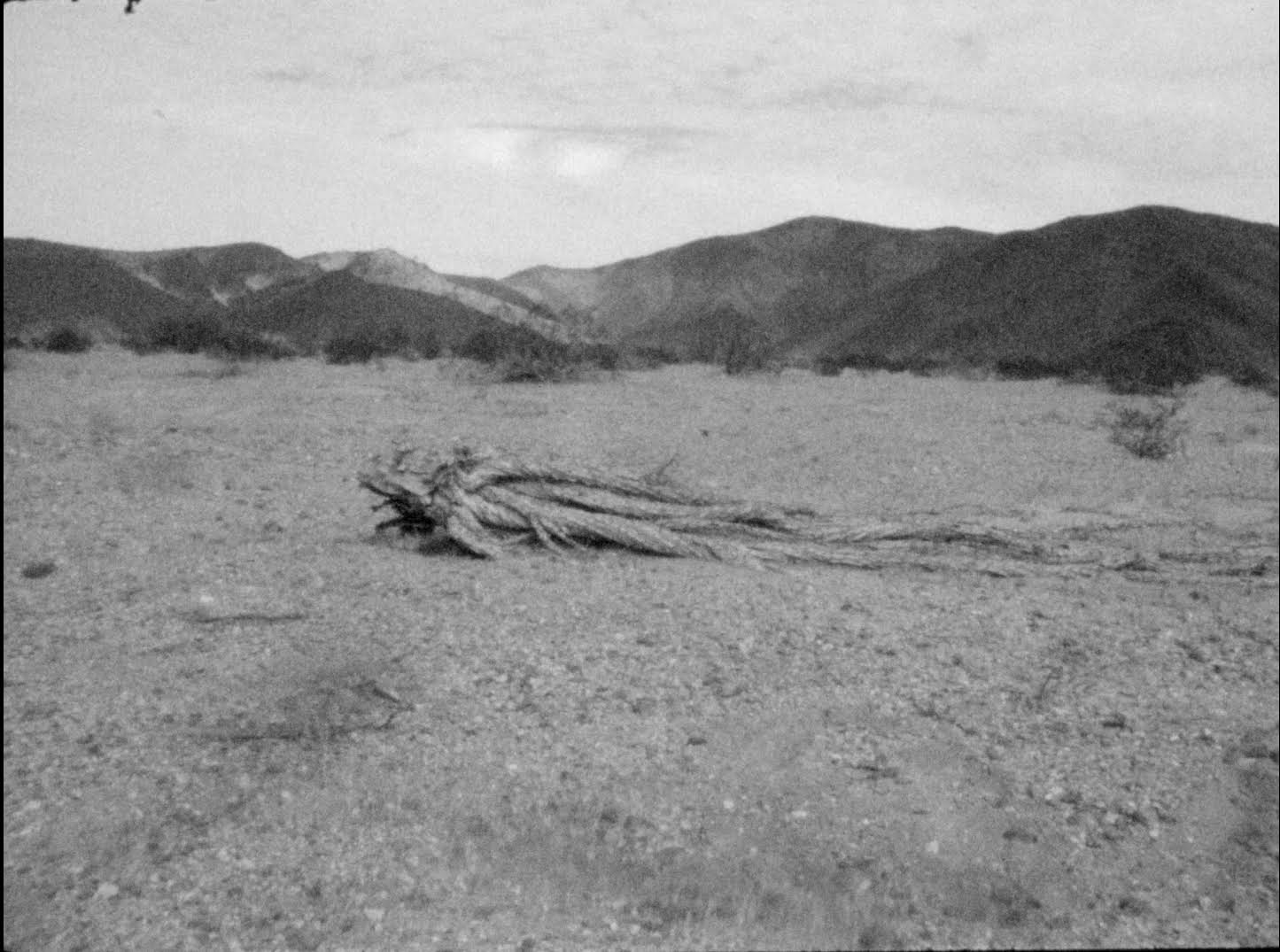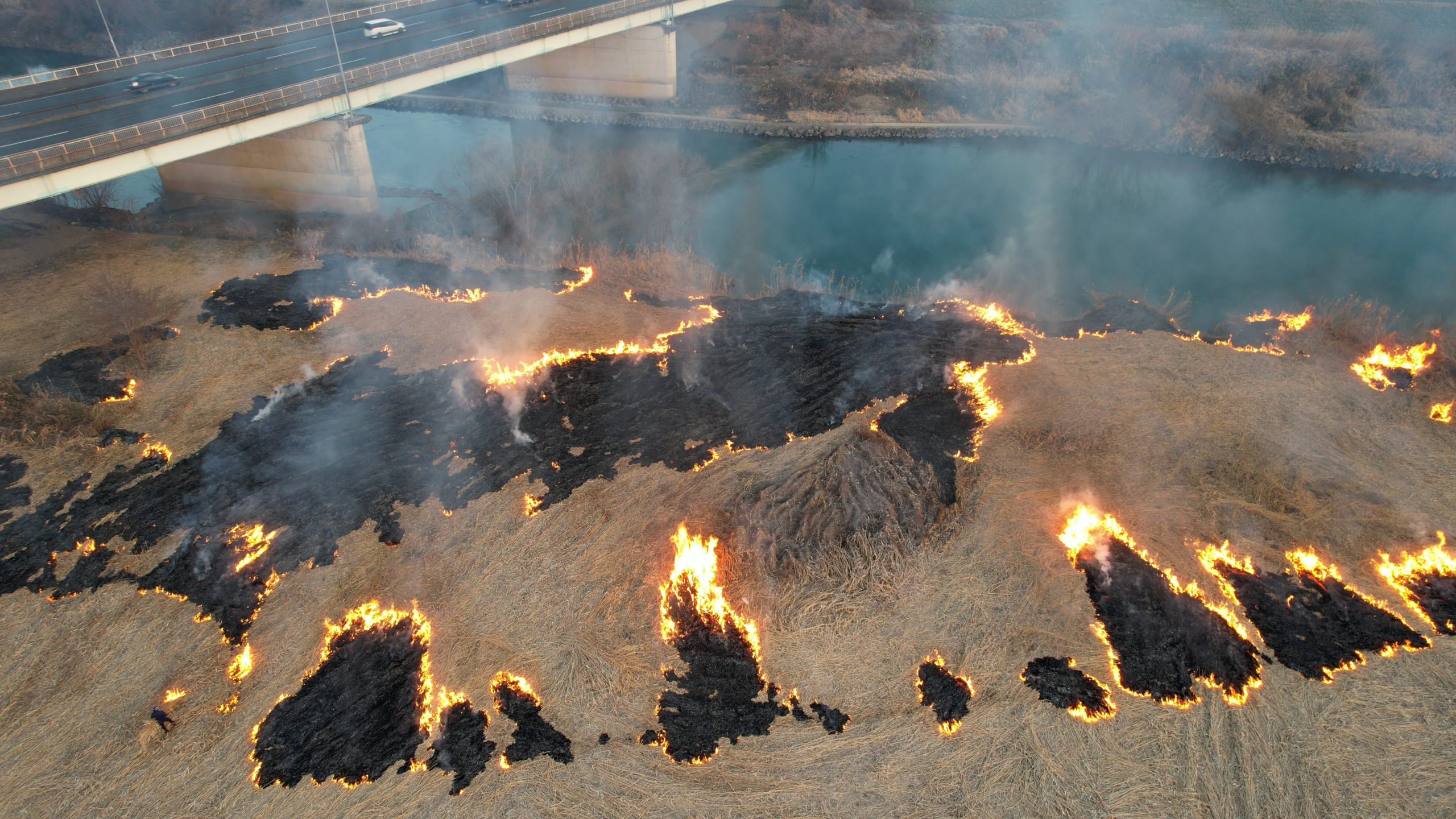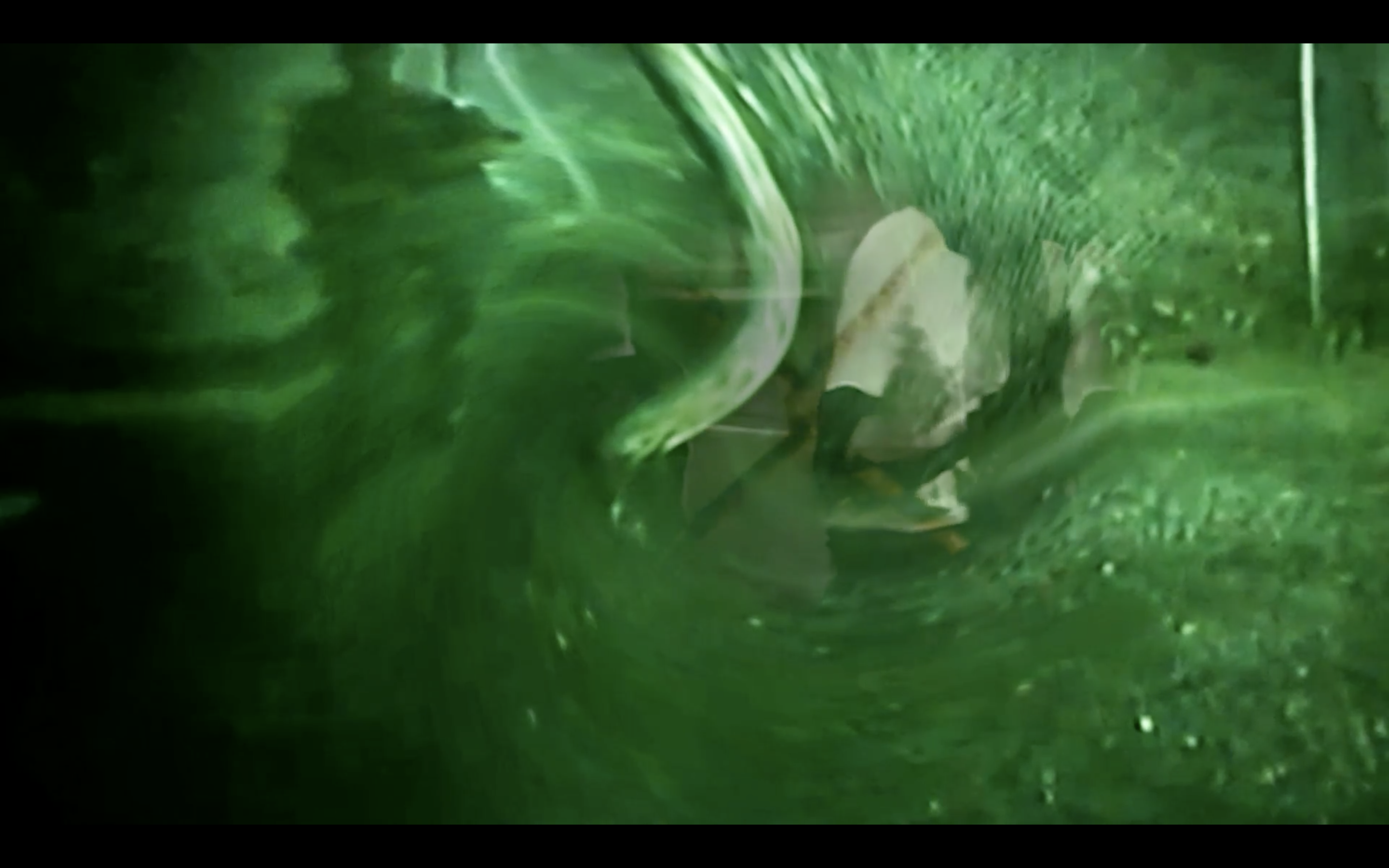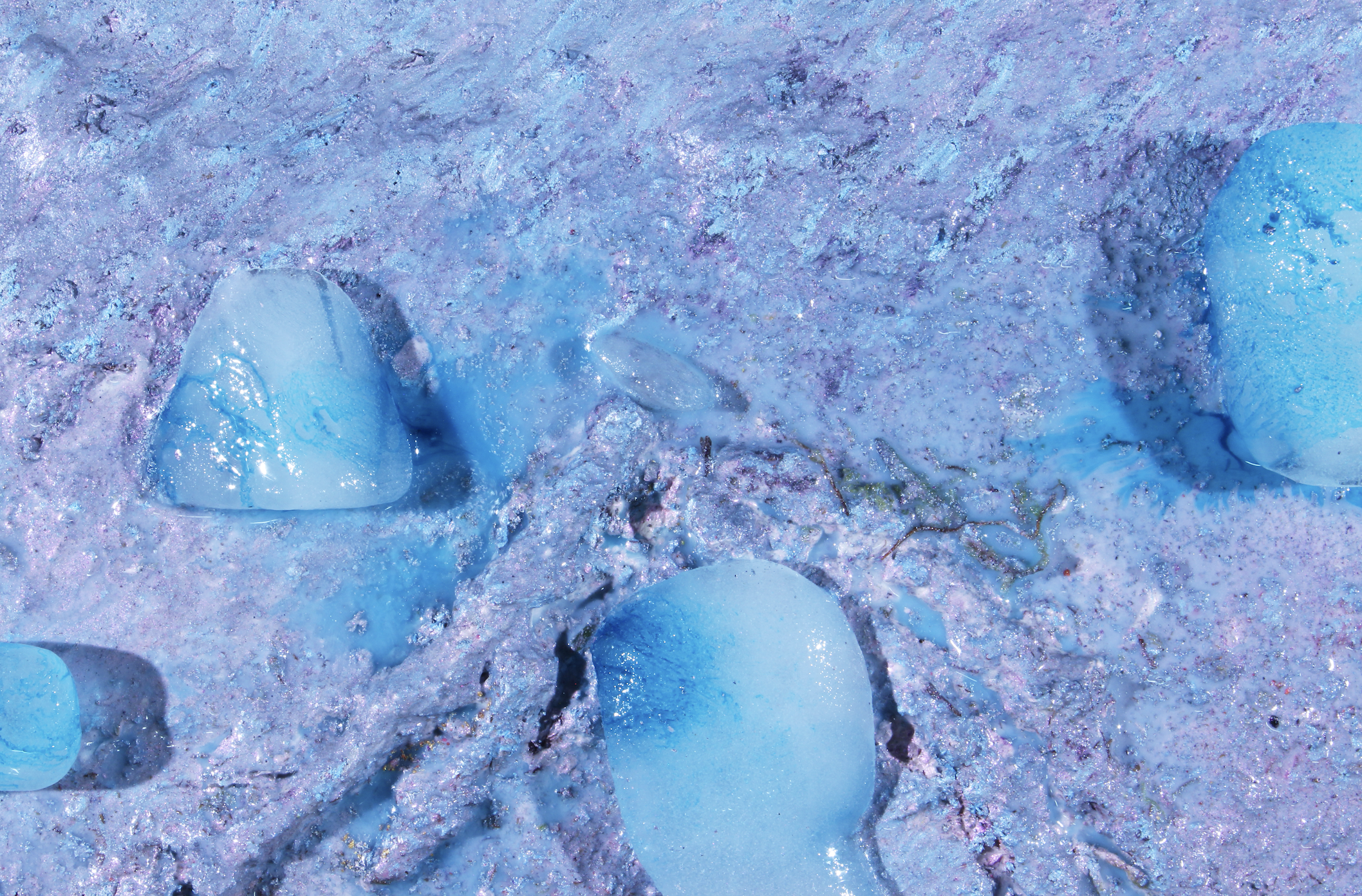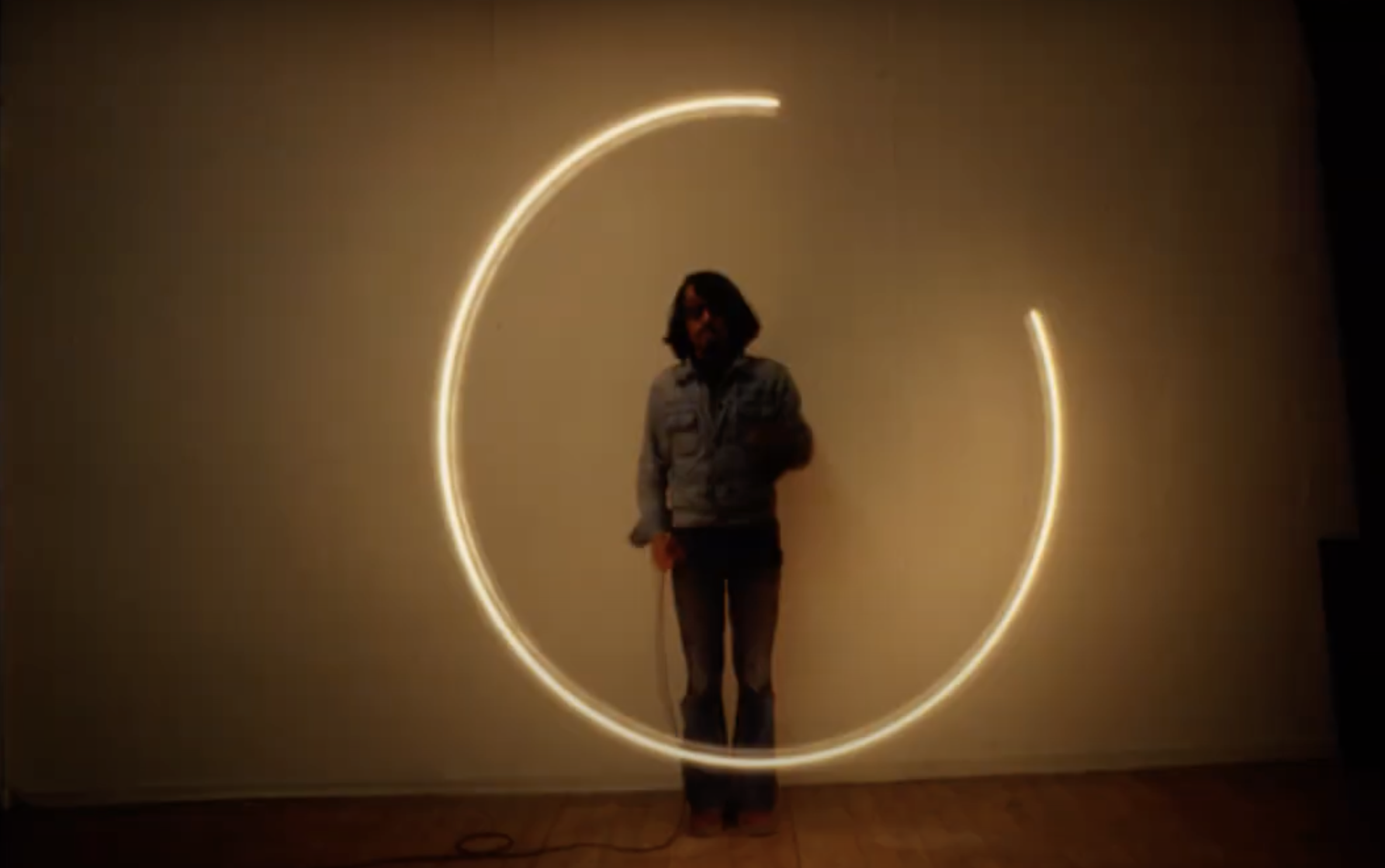Ryoichi Kurokawa
1978 in Osaka (JP). Lives and works in Berlin.
Japanese artist Ryoichi Kurokawa is a true poet of the transformative cinema, lyrically transfiguring the analogue representations of perceived nature into digital streams of vertiginous imagery & emotion. The architecturally crafted precision of his sensitively synched fragmentary images placed side by side on our retina, tends to displace the persistence of blurred memory under the effect of boundless luminosity.
Audio and visual concordance are key in Kurokawa’s works. He considers both the audio and visual element as different vectors of a unique piece and insists that they have to flow together to enter a collision at the same time.
As can be viewed from his works, Kurokawa states that nature is his principle source of inspiration. All of his works lie in this notion of hybridization. Between analog and digital, but also between time and space, the full and the fragmentary, the simple and the complex, the reactive and the contemplative, the auditory and visual.
Whether the recordings of waterfalls obliterate into white noise while simultaneously forming an almost spiritual and reverential stillness around the viewer, or whether field recordings in combination with computer generated structures like glitch minimalism coexist in harmony in an un-harmonious terrifying world of war and destruction: Ryoichi Kurokawa invents and presents an audiovisual language where complexity and simplicity alternate and combine in a fascinating synthesis.
Some of Kurokawa’s significant solo and group exhibitions, performances and permanent works include Lithi, Kamu Kanazawa (Japan 2020), s.asmbli[wall], OCT_LOFT China 2020), objectum, Takuro Someya Contemporay Art (Japan 2018), unfold, Minsheng Art Museum (China 2020), Coder le Monde, Centre Pompidou (France 2018), The Dream Of Forms, Palais de Tokyo (France 2017), Ordered Disorder, Espacio Fundacion Telefonica (Peru 2015), Turbulences, Espace Culturel Louis Vuitton (France 2012), One of a Thousand Ways to Defeat Entropy – The 54th Venice Biennale (Italy 2011), transmediale, Haus der Kulturen der Welt (Germany 2010), and Synthesis, Tate Modern (England 2007).
Statement
Aesthetics of conversion
The work of the Japanese artist Ryoichi Kurokawa is in-keeping with a trend, or an aesthetic of multiple contours, that could qualify as the aesthetics of transcription or conversion, which runs through much of art history for almost a century.
Over the last fifteen years, in the field of digital art, many artists have endeavoured to materialise (in sensitive, audible or visual form) installations and audio-visual concerts in order to capture our imaginations regarding digital data. Others, from a more synaesthetic perspective, seek to showcase the concept of signal: aiming to visualise sound signals with the help of machines, and turn images into sounds (willingly abstract and geometric) through calculations on computers. This wave began in the 1920s at a time when many artists were trying to give birth to time-based visual works whose range of movements, abstraction, geometry, and occasional concrete figures, seemed to adhere more to the dynamics of music. Pioneers within this approach include Walter Ruttman, Hans Richter, Viking Eggeling and Lazio Moholy-Nagy. In more recent decades, through the power of visual music, Oskar Fischinger, Len Lye and Norman McLaren have explored some of these principles.
From the late 1960s to the end of the 1980s, artists were given access to computer and video equipment in laboratories, studios and institutions dedicated to research and creation. This gave a new impetus to the ideas initiated by the avant-garde at the beginning of the century, and evoked the films and videos (sometimes in the form of a study) of John Whitney, Ed Emshwiller and the duo, Steina & Woody Vasulka, all of which continue to pace up and down the territory of abstraction, while filmmakers such as Robert Cahen and Gary Hill explore the boundaries of portrayal and language.
Since his early work in the mid-2000s, Ryoichi Kurokawa has followed the same work process: distorting (with the help of software) images and sounds that he himself records in natural environments, such as urban spaces. Through digital manipulation, his source materials gradually move away from their original form, gaining abstraction, revealing a visual and auditory universe of tints and tones, sometimes poetic but more often dynamic, animated with light convulsions and hypnotic pulsations. Technological and innovative as they may seem, in effect, his works originate from the most concrete reality and more still from the surrounding nature that the artist considers « not from a romantic point of view, but rather formal », drawing inspiration from « its structures and its movements ».
His works are often modelled on the numerous Japanese practical artists whom, from calligraphy and poetry to theatre and dance, often develop their work within a willingly animist relationship with nature: its rhythms, forms and seasons. However, the novelty of this work is that here, Kurokawa’s approach originates from a more scientific viewpoint than in the past.











![Misurgia Sisitlallan [the afterlife], 2017-2022 © Vir Andres Hera](https://www.ovni-festival.fr/wp-content/uploads/2023/10/Misurgia-Sisitlallan-2020-©-Vir-Andres-Hera.jpg)

